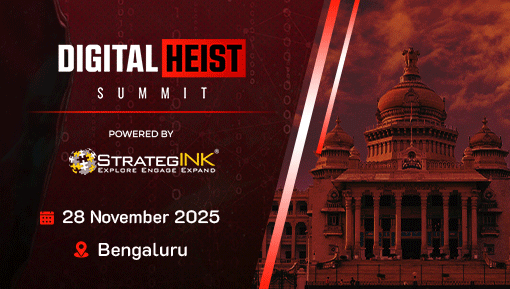
Scenario & Impact Overview:
As organizations adopt microservices-based architectures, traditional perimeter-focused security is no longer enough. Modern applications demand a dual-layered approach—“inside-out” security at the runtime level and “outside-in” protection via Web Application Firewalls (WAFs). While WAFs are vital for defending against OWASP Top 10 web and API threats, gaps in configuration or monitoring can lead to critical vulnerabilities.
In this scenario, a cloud-native, Kubernetes-managed application deployed a WAF at the ingress layer to protect various services and customer portals. However, a misconfigured ingress annotation during a routine deployment allowed the WAF to skip request inspections for a specific namespace. This exposed internal microservices with sensitive APIs.
A threat actor identified the flaw and launched injection attacks using forged JWTs. Due to weak access controls and poor namespace isolation, the attacker moved laterally and accessed other tenants’ data. The breach remained undetected for days, exacerbated by segmented logging and lack of alerts from the WAF.
Business Impact:
- Data Breach: Exposure of sensitive customer data, eroding trust and increasing compliance risks.
- Operational Disruption: Compromised microservices disrupted service delivery and user experience.
- Financial Losses: Costs from remediation, regulatory fines, and reputational damage.
Technical Impact:
- Security Gaps: Exposed APIs and broken namespace isolation revealed major vulnerabilities.
- Monitoring Failures: Inability to correlate logs across namespaces delayed breach detection.
- Configuration Issues: Ingress misconfigurations and reliance on trusted IPs created blind spots.
Risk Exposure:
- Multi-Tenancy Risks: Shared environments without strict isolation increase exposure to lateral attacks.
- Config Management Flaws: Highlights weaknesses in DevSecOps governance and validation processes.
- Insufficient Detection: Lack of real-time anomaly detection hindered timely response.
Incident Response
Immediate Actions:
- Containment: Isolate the affected namespace to stop further exploitation.
- Investigation: Assess the full impact, including affected services and data.
- Fix: Correct the misconfiguration and update WAF rules to restore inspection coverage.
Key Roles:
- Incident Response Team: Coordinates containment, investigation, and recovery.
- Security Operations Center (SOC): Analyzes logs and alerts to support real-time response.
- DevSecOps Team: Resolves misconfigurations and ensures policy compliance.
Communication Strategy:
- Internal: Keep stakeholders informed with regular updates.
- External: Notify impacted customers and partners transparently.
- Regulatory: Report the breach as required under applicable data protection laws
Remediation & Prevention
Root Cause Analysis:
- Ingress Misconfiguration: Audit deployment processes to prevent recurrence.
- WAF Policy Gaps: Review rulesets and align them with namespace-specific ingress patterns.
- Monitoring Deficiencies: Address gaps in observability and alerting.
Recovery:
- Data Integrity Check: Validate and restore affected systems and data.
- System Hardening: Apply enhanced security controls across namespaces.
- Customer Support: Proactively engage and support affected customers.
Preventive Measures:
- Configuration Validation: Automate checks pre-deployment to catch misconfigurations.
- Enhanced Monitoring: Enable cross-namespace log correlation and real-time threat detection.
- WAF Alignment: Tailor policies to application logic and ingress structures.
- Risk Review: Audit trusted IPs and default ingress rules to minimize exposure.
- Team Training: Upskill DevSecOps teams on secure configuration and observability best practices.
Conclusion:
Addressing misconfigurations, improving observability, and reinforcing security policies can significantly reduce the risk of such incidents. Proactive governance, real-time monitoring, and robust DevSecOps practices are key to protecting modern, containerized applications in dynamic cloud environments.






